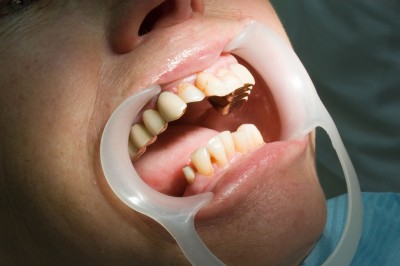New quantitative appraisal method for measuring oral bacteria and tooth decay

A study led by Curt Machida, Ph.D., Professor of Integrative Biosciences and Paediatric Dentistry at Oregon Health and Science University School of Dentistry (OHSU), published in the June 2010 issue of Paediatric Dentistry announces the success of a new tool developed to measure oral bacteria and plaque streptococci growth in individual children to identify stages of tooth decay.
OHSU researchers discovered that ATP (adenosine triphosphate)-driven bioluminescence can be used to measure observable light produced from ATP occurring in oral bacteria, thereby allowing calculation of the oral bacteria present in a child’s mouth. Being able to quantify the amount of bacterial plaque present means that dentists may be able to identify the rate of tooth decay for individual diagnosis.
With increased number of children at risk of tooth decay in America and other countries, especially those from low-income households or those with poor diet, the findings can help dental practitioners priorities cases for treatment and also accurately determine the amount of treatment needed. The study addressed the need in dental research for improved evaluation techniques for assessing dental hygiene and dental caries disease. The principal investigator in the study, Professor Curt Machida, PhD, said that the findings will allow clinicians to assess efficacy of interventional therapies, from use of mouthwashes to detection of periodontal bacterial infections.
Join this Discussion









